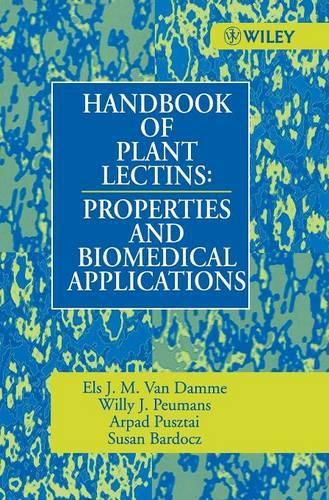Plant lectins are extensively used as tools and as bioactive proteins in different areas of biomedical and biological research. The Handbook of Plant Lectins provides a comprehensive yet concise overview of the biochemical properties, carbohydrate–binding specificity, biological activities and applications of most of the currently known plant lectins. This handbook consists of two major sections: an introductory guide and a quick reference dictionary. Part I acquaints the newcomer to the lectin field with the essential information on lectins and their importance to biomedicine: aeo what are lectins? aeo their carbohydrate–binding specificity aeo effects on nutrition and immunology aeo use in histochemistry aeo application as therapeutic agents Part II lists approximately 200 lectin entries in alphabetical order. Each entry deals with the lectin(s) of a particular plant and provides, (where known), details of: aeo isolation and characterisation; aeo sugar binding specificity; aeo biological activities; aeo applications; aeo commercial availability; and, aeo a bibliography. Useful summary tables list lectins according to their specificity, thereby allowing the user to choose the best lectin for their application. A list of suppliers is also provided. Handbook of Plant Lectins will be of interest to biologists and biomedical researchers studying cell biology, cancer research, nutrition, immunology, pathology and physiology.





